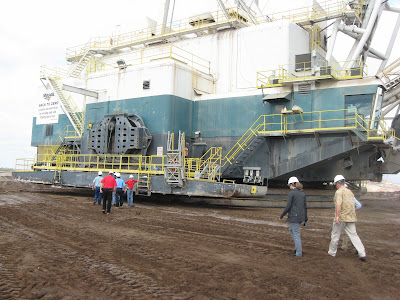Over the past few years, row width and planting population have
been hot topics in the ag world.
Monsanto recently provided some new insight into this mysterious
relationship which helps make sense of why some have had success and others have
failed.
The following data is from Monsanto’s GEN trials. They collected data from 59 trial locations
throughout the Midwest. Below is the information
for Northern Iowa. Monsanto planted in
20 inch rows at 5 different populations ranging from 24,000 to 48,000 seeds/acre
and replicated each trial 3 times/plot.
Fertility data used was based on the farmers’ yield goal for the test field. I have information on later hybrids and very detailed information if anyone has interest.
A few years ago, I cared for several seed fields near
Waterloo. Monsanto was
converting all of their seed fields to 20 inch rows because they were able to
fit more female rows between the male rows.
At that point, I was under the belief that 20 inch rows would eventually
become more profitable for field corn because they produced seed corn that
yielded the best in 20 inch rows. Today,
it makes sense to me that they are pushing higher populations using fixed ear
hybrids because the yield is there and they can sell more seed.
The problem is, as we get to 40,000+ planting
populations we can no longer support good stalks and roots in 30 inch
rows. We have to move to 20 inch rows to
support these high populations and negate intra-crop competition. However,
without proper fertility, high populations cannot be accomplished regardless of
the row spacing.
Going from 30,000 plants to 48,000 and 180 to 250 bu fertility
yield goal, the data shows as much as a 101 bushel jump ($606/acre @ $6 corn) using
the top yielding hybrids. The extra seed
cost is about $68/ac and extra Nitrogen is about $44/ac (don’t forget P&K).
My point is not that we should all go out and buy 20 inch row
planters and manage to 48,000 plants per acre. I realize that some ground may never be
capable of these kinds of yields. The
goal is to get farmers thinking about where they are today and where they are
headed so we can integrate a plan to get them where they would like to be.













